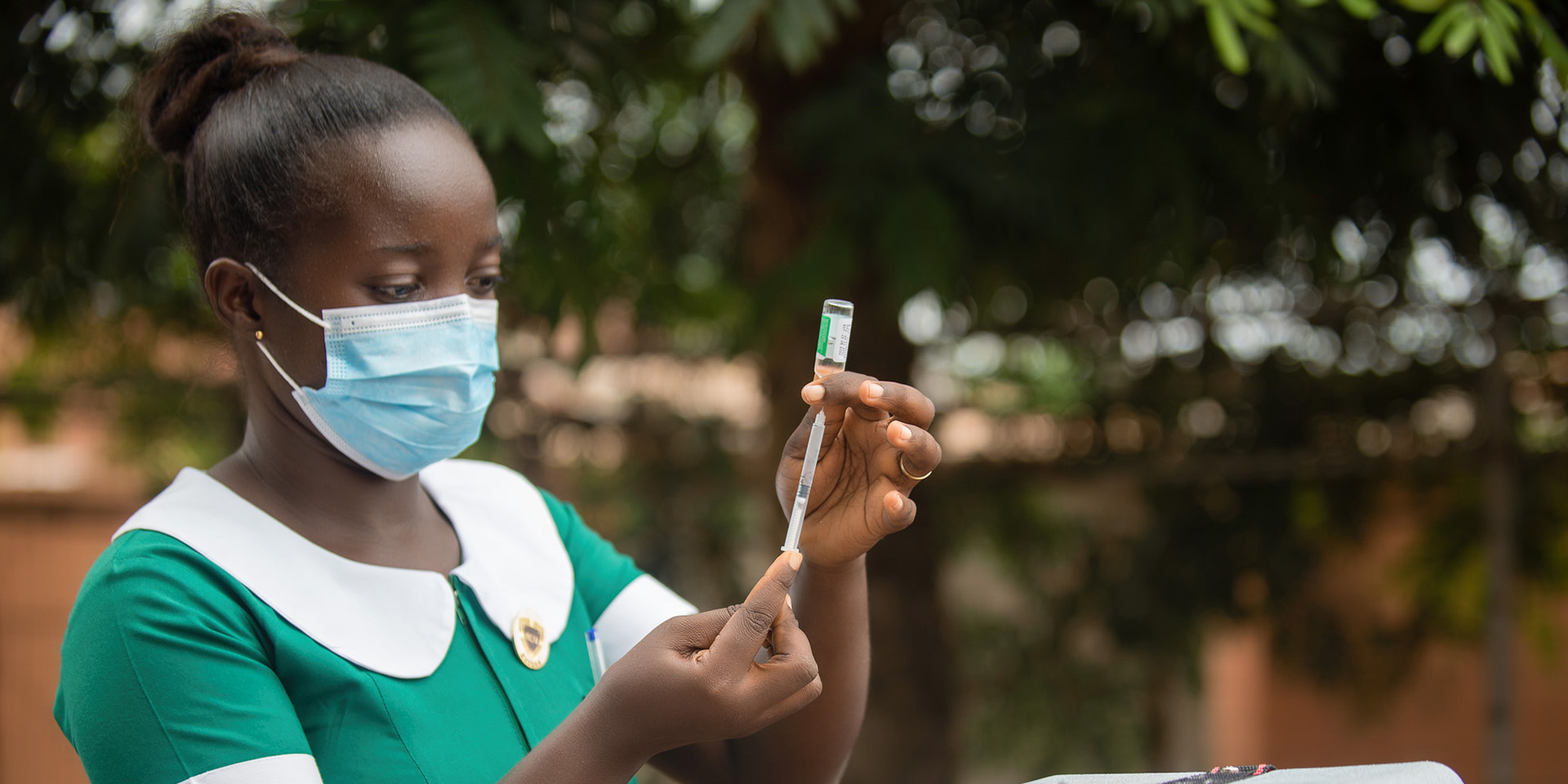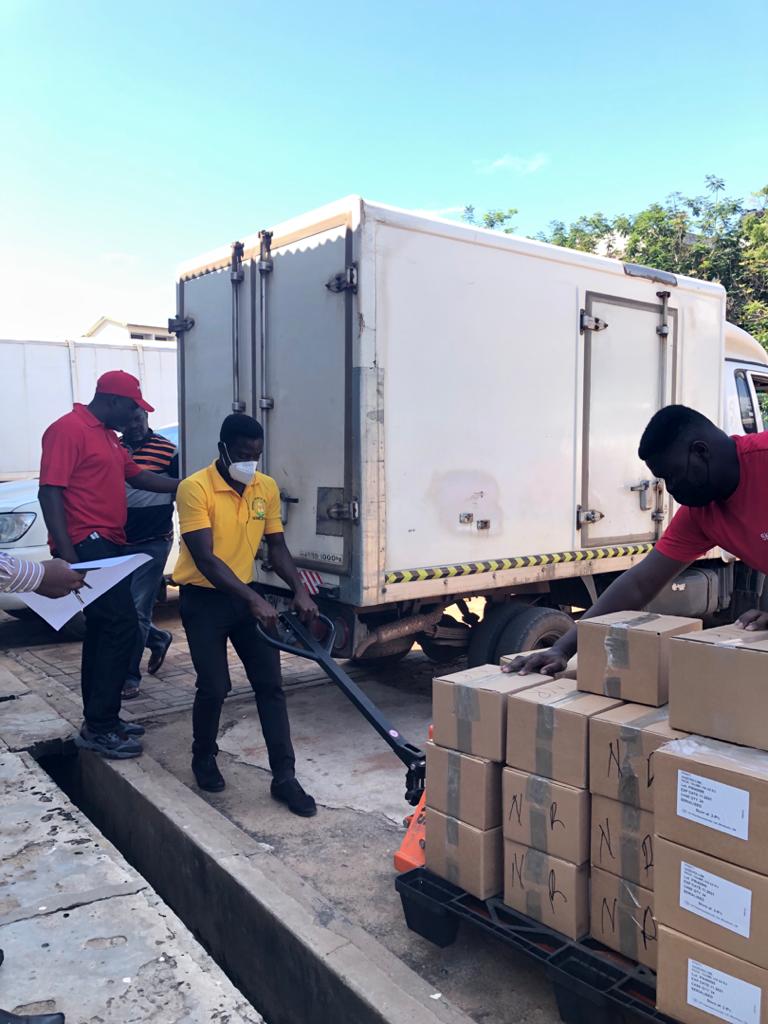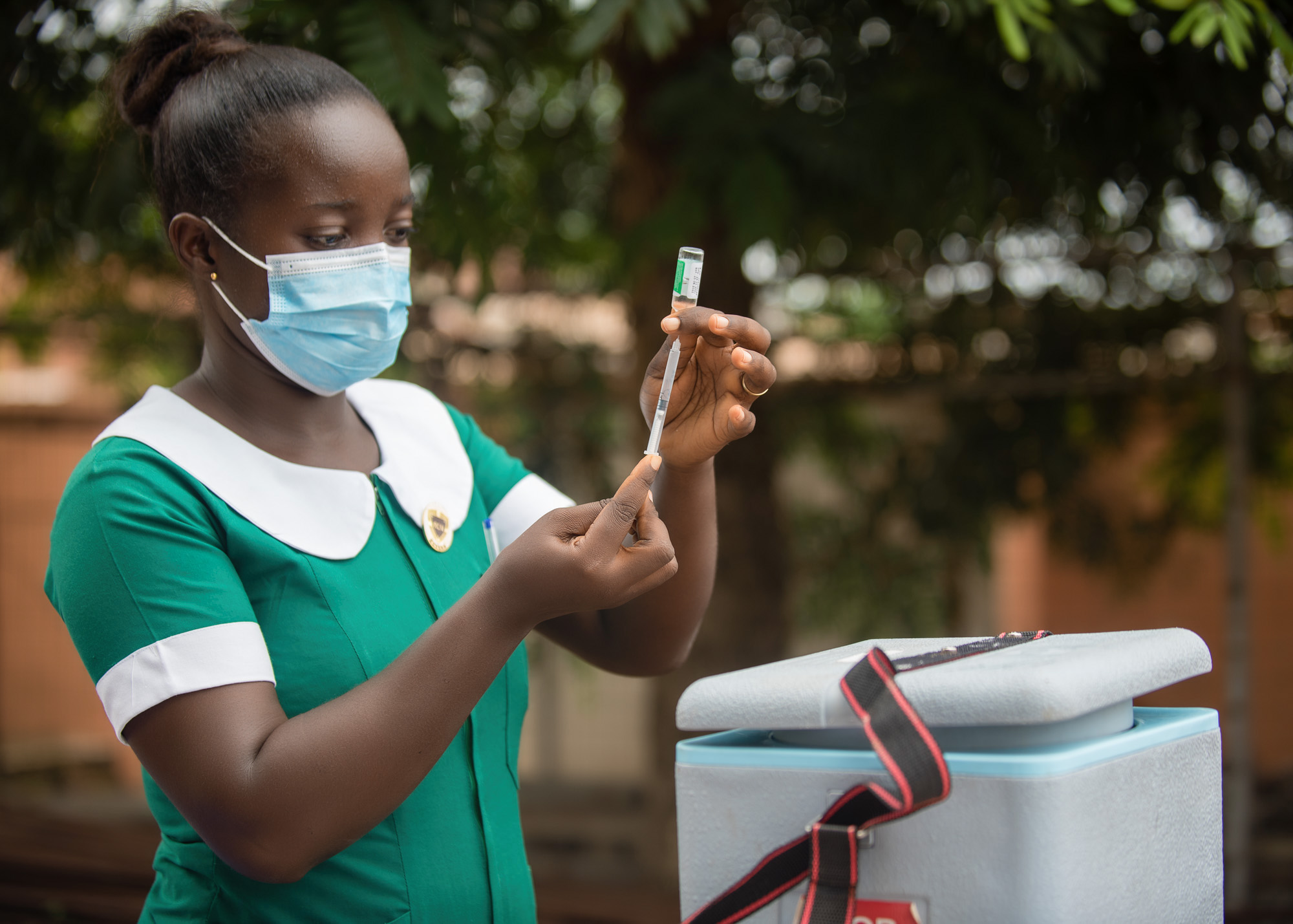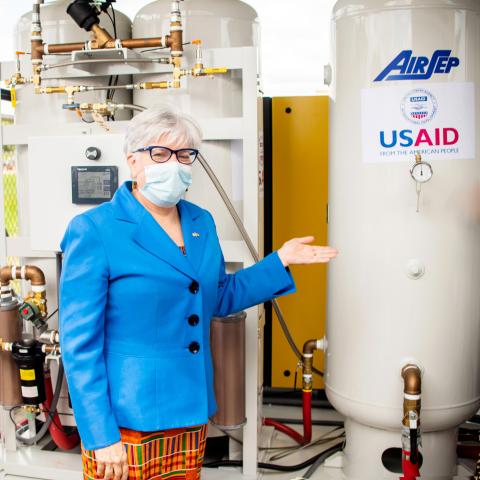On February 24, 2021, Ghana became the first country to receive the first shipment of COVAX vaccines (600,000 doses). While this was great news, the logistics challenges of deployment became immediately apparent. The government’s mass distribution effort was hindered by a lack of vehicles that could maintain the cold temperatures required to preserve vaccine quality. These challenges were compounded by a shortage of health service providers overall, including those involved in logistics management. Furthermore, the need for oxygen commodities surged with the rising COVID-19 hospitalizations, often outpacing the available supply.
Recognizing that overcoming COVID-19 would require a monumental effort by local and international stakeholders, the Government of Ghana, through the Ministry of Health, reached out to U.S. Agency for International Development (USAID), among others, to assist in addressing these challenges.




